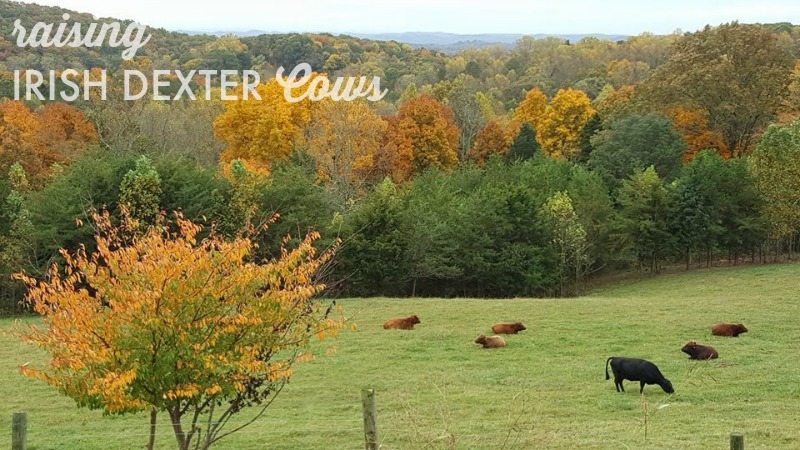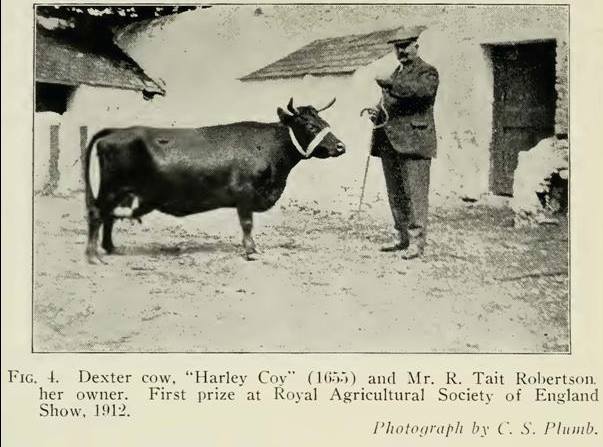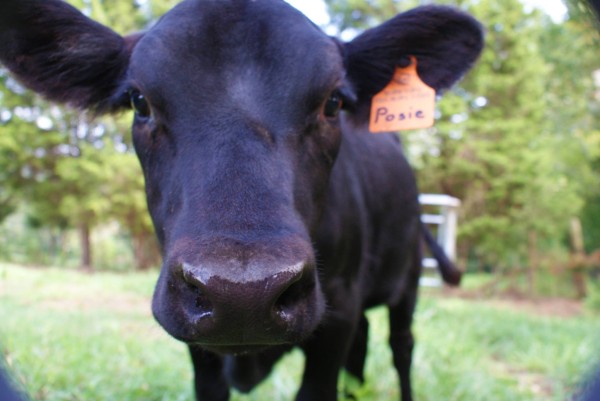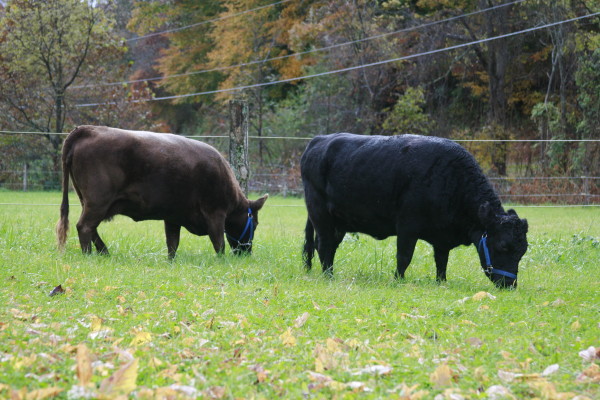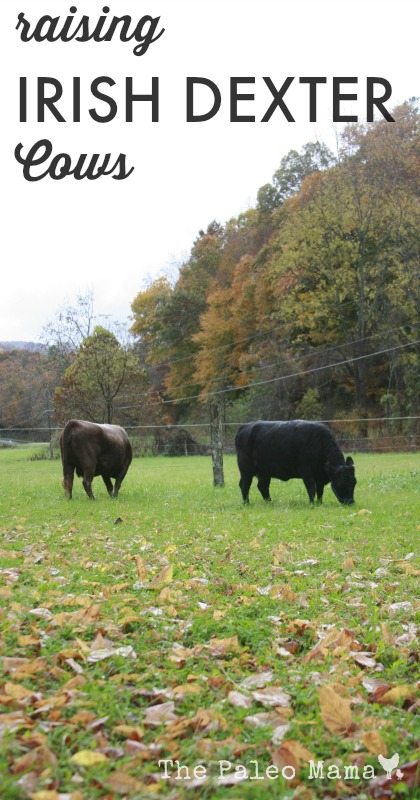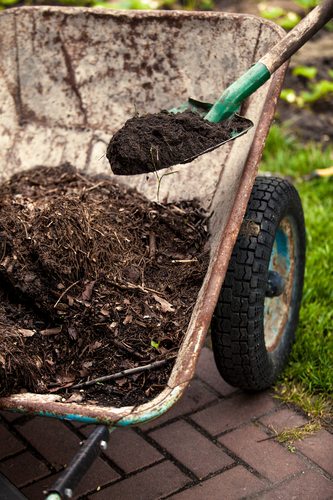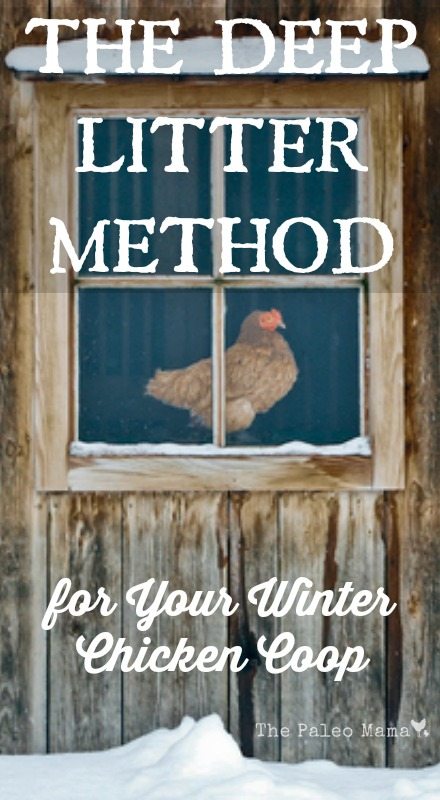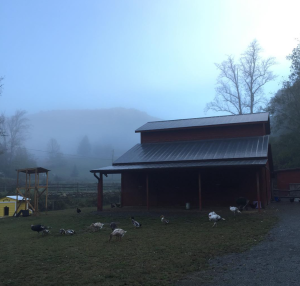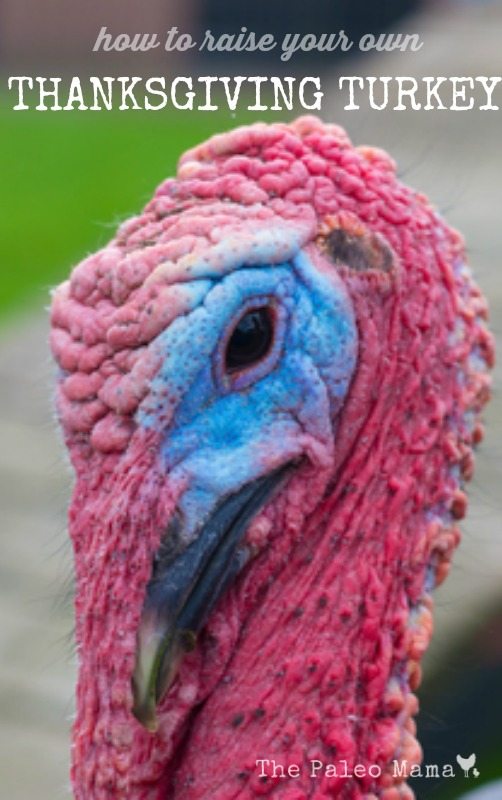I’m not sure if every woman goes through this emotional struggle. As I look back over my blog the past year, I can sense how busy I must look and how unattached I have been. Sometimes it’s easier to pump out lots of information and be completely and emotionally detached. It’s been a year that has been filled with so much joy and peace…except in this one area…this one nagging question…should we try again for another baby?
You see, I always envisioned our family have three kids. Frank comes from a family of three children and so do I, so naturally, we always wanted three kids. And we tried…we could keep trying…but it’s tormenting.
A year and a half ago I wrote a very emotional and raw blog post on my natural miscarriage. I said that I was done and and “100% positive that I cannot go through this again.” But the truth is, I did.
Eight months ago we wanted to try for a third child. I wasn’t really ready, but it happened and I was pregnant. Then I wasn’t. And then all the emotions, anger, and the memories of my previous miscarriage all overcame me again. I was so mad at myself for letting myself get pregnant…and I questioned why my body ALWAYS got pregnant but just couldn’t keep the baby.
After reading a book that my friend Emily from Holistic Squid gave me called, “Feed Your Fertility“, and I saw a little snippet in there about MTHFR gene mutation and miscarriage. It peaked my interest and I started reading more and more about this MTHFR stuff.
The genetics home reference explains what the normal function of the MTHFR gene does…
The MTHFR gene provides instructions for making an enzyme called methylenetetrahydrofolate reductase. This enzyme plays a role in processing amino acids, the building blocks of proteins. Methylenetetrahydrofolate reductase is important for a chemical reaction involving forms of the vitamin folate (also called vitamin B9). Specifically, this enzyme converts a molecule called 5,10-methylenetetrahydrofolate to a molecule called 5-methyltetrahydrofolate. This reaction is required for the multistep process that converts the amino acid homocysteine to another amino acid, methionine. The body uses methionine to make proteins and other important compounds.
There is a long list of the conditions of the MTHFR gene mutation and what they can cause, but the one that stood out to me was miscarriages. I wondered if my history of three miscarriages had anything to do with this MTHFR stuff.
So, what does any woman with a strong intuition that something wasn’t right, do? Well, she gets to the root of what’s going on and I sent off to have my genetics tested through 23 and Me. Sure enough I have one of the most problematic mutations.
The two most problematic mutations that can occur are C677T and A1298C. The most common forms of MTHFR mutation are below:
- Homozygous: the same gene passed on from both parents and occurs when both parents pass on the 677 mutation, or the 1298 mutation.
- Heterozygous: one parent passed on the 677 mutation or the 1298 mutation but the other parent passed on a normal gene.
- Compound Heterozygous: one parent passed on the 677 mutation and the other passed on the 1298 mutation.
I was found to be compound heterozygous, which means I have a 677 mutation and a 1298 mutation. The largest problem that women of childbearing age can have who carry a MTHFR mutation is that they do not properly break down folic acid, and they also have a very hard time detoxing from heavy metals.
BAM.
Could I have found the reason for my miscarriages? Tears…peace.
I took my findings to a specialized MTHFR doctor that was recommended off of MTHFR.net and have been seeing him for the last year. I have discovered lots of interesting things about my health. I was crucially low in my B vitamins…I mean crucially. I am VERY low in my folate…rightly so since my body doesn’t even process it correctly. I carry a chronic virus that tells my body to constantly fight. And here I was…I thought I was a healthy 34-year old woman.
So, with the help of my MTHFR doctor, we have been addressing the issues of my health. But lately…and loudly… my emotions are taking hold of me and needing closure.
I think I am one of those woman that will ALWAYS want another baby. As long as I can have kids, I want kids.
The downside is, in this “want”, I have never been satisfied with the two amazing, beautiful children that I have. I want another one…but they should be enough for me.
So through tears and frustration, we have decided that I can’t go through this all the time. I can’t go through the agony of a monthly period coming late and the hope that this “might” stick.
I want to move on and be content with my children…the two children that have made me MOM. I don’t need anything more than what God has already given me. And the complete agony of “trying” is more than my body can take.
 So, it’s done. I’m a mother of two delightful and precious children. Little Farm Girl is almost 7 years old and is quickly becoming my greatest friend. She’s sensitive to my emotions and always wants to please me. Little Farm Boy is 4 years old. His birth and life has been during the most difficult time of my life, but the past year we have felt a breath of fresh air…renewal…promise…and the ability to create joy within our lives.
So, it’s done. I’m a mother of two delightful and precious children. Little Farm Girl is almost 7 years old and is quickly becoming my greatest friend. She’s sensitive to my emotions and always wants to please me. Little Farm Boy is 4 years old. His birth and life has been during the most difficult time of my life, but the past year we have felt a breath of fresh air…renewal…promise…and the ability to create joy within our lives.
I couldn’t be happier. Will I always want another child? Probably. Have we thought about adoption. Absolutely. But I want to learn to be satisfied with the life that I am living right now and the two living blessings that need all of their mommy.
I could die today and know that I have lived a full life. I know my miscarried babies will meet me in heaven. I, also, know that my husband and I are making the right decision. Is it hard? For sure. Do I long for another baby? I do…but I long more for contentment with the wonderful two children that I have.
MTHFR Video:

 Frank is one of the most loyal Americans I have ever met. He loves his country deeply. He prays for his country fervently…so many times I have heard his quiet prayers as he is watching the news or a new story on YouTube. He is so faithful and believes in this nation. He’s taught me so much about respect and love in this way.
Frank is one of the most loyal Americans I have ever met. He loves his country deeply. He prays for his country fervently…so many times I have heard his quiet prayers as he is watching the news or a new story on YouTube. He is so faithful and believes in this nation. He’s taught me so much about respect and love in this way. 
